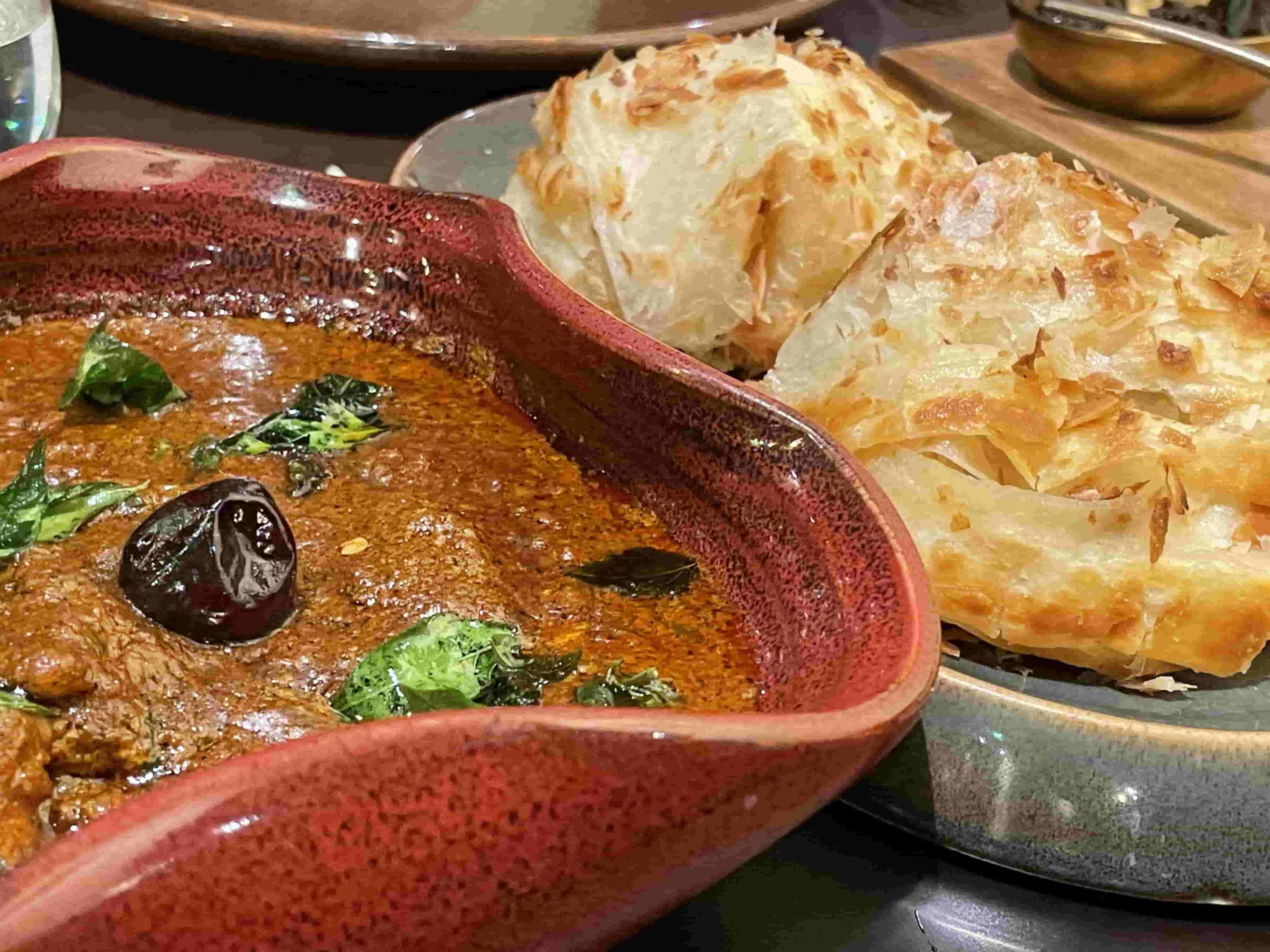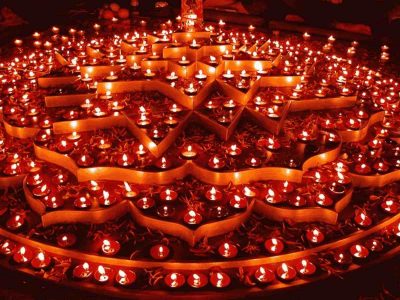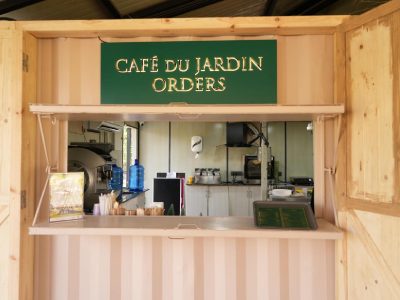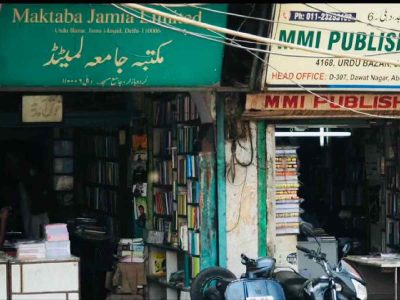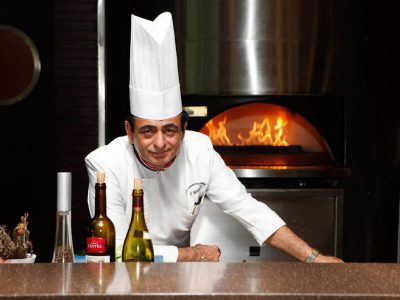Breaking the chains that shackle the minds of foodies when it comes to South Indian cuisine, Savya Rasa is one of the capital’s not to be missed culinary experience
Idli, Vada, Sambar, Dosa – this is what comes to mind when people outside the South think of South India cuisine. However, South Indian cuisine has so much more to offer. For the uninitiated like me, Savya Rasa helped in completely redefining my idea of the flavourful cuisine from the South.
With their varied and extensive menu reflecting the unique histories and culture of several regions that influence the cuisine, Savya Rasa attempts to break out of the deep-rooted stereotypes and offer patrons a wide variety of delicacies carefully picked from South India and tell their stories through the medium of food.
Previously in Gurgaon, our one stop for everything South Indian has now moved right here in Delhi.
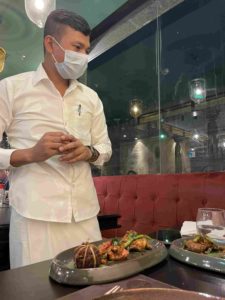
In order to taste and learn about the authentic cuisine of each of these regions, Savya Rasa travelled the length and breadth of South India and selected, to showcase, some of the unique and exquisite cuisines namely Kongunadu, Chettinad, Malabar (Moplah), Nasrani (Syrian Christian), Mangaluru, Mysuru (Hinterland Karnataka) and Nellore.
We were glad that they already curated a menu for us. While their menu was quite detailed, it still overwhelmed us with the unfamiliar names and variety. The servers were kind enough to walk us through it all.
Before we could start off with the culinary experience, we were served jeera water and vetiver water, which are good for cleansing our system. This helped us in washing down our spicy food with ease.
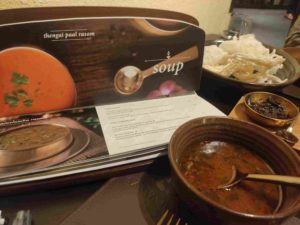
We obviously started off our dinner with the Mutton Nenjuelumbu Rasam – the broth made from mutton ribs and Chettinad spices. This one is high on the spice quotient and so different from the rasam we are used to having. With a strong taste of pepper, this one however tastes quite homely.
Moving on to the starters, we tried their Neikaranpatti Narukattu Gola Urundai.
Finely pounded mutton, onion, green chillies and spices are wrapped in banana twine and golden fried. This tastes like something I have never tried before. It’s a specialty from the village of Neikaranpatti in Tamil Nadu after which the dish is named. This one is spicy with flavours bursting in your mouth. You simply can’t help reaching out for more.
We tried the Pallipalyam chicken next. This dish from the river banks of Kaveri, is rich in flavour. The chicken is soft and the slivers of coconut in it adds a distinct taste to the starter.
This was followed by their Muttom Yeral Varuval. The pan fried prawns coated with grounded spices is so soft that it breaks even before it reaches the mouth. This one was an absolute delight. What stood out most is that while most of these starters had a good amount of spices, each one was so distinctly different from the other that it became impossible to choose a favourite.
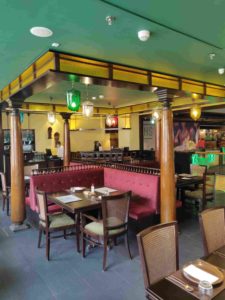
Savya Rasa, with its cultural and artistic ambiance, aims to connect food with culture. The carefully curated art, artefacts, architectural elements and music add to the overall experience of the space. Right from the seating area resembling a pavilion, the walls adorn commissioned art, old artefacts, furniture and paintings which gives an authentic touch to the place.
We then went on to try their main course. The Milagu Kozhi Chettinad served with bun parotta was a total winner. The bun parotta is addictive to say the least. Crunchy outside and soft and fluffy on the inside this one got my attention more than the chicken curry with pepper, which perfectly complemented the parotta for me.
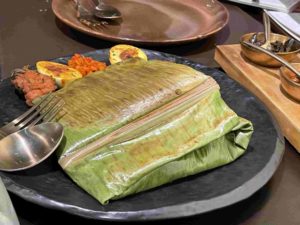
The highlight of the day for me however was the Rameshwaram Pocket Rice. This signature dish is a meal in itself and the very reason it got its name. Wrapped in banana leaf, farmers would carry this to their fields for lunch. Out in the sun for so long, by mid-day when the farmers would have it, the rice acquires the taste of burnt banana leaf which adds to its flavour. With fried chicken, boiled eggs and raw mango and fine chopped pickle on the side, the rice is mixed with coconut milk and is served with mutton uppukari. The pickle adds a kick to this special meal.
With full stomachs we decided to end our dinner with desserts. We obviously tried their payassam which was nothing like the ones I am used to having as a Bengali. This one was soul satisfying with tender sweet coconut in milk.
This was followed by the Badam halwa and Karupatti halwa. The latter almost looked like a chocolate dessert with a swirl of jaggery topping the dessert. It melts right in your mouth.
Filled to our brim, we were recommended to try their Sulemani chai which aids in digestion. The tea smelled as amazing as it tasted. The black tea with cinnamon and cardamom brings a good end to a hearty meal.
Review done on invitation
Address: Savya Rasa, DLF Avenue, Saket

